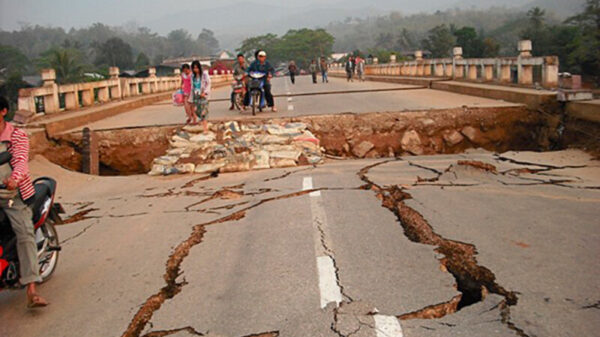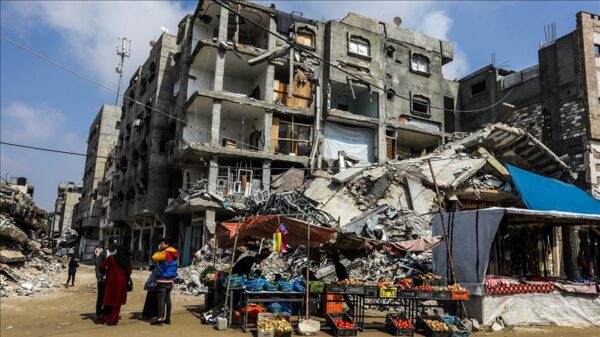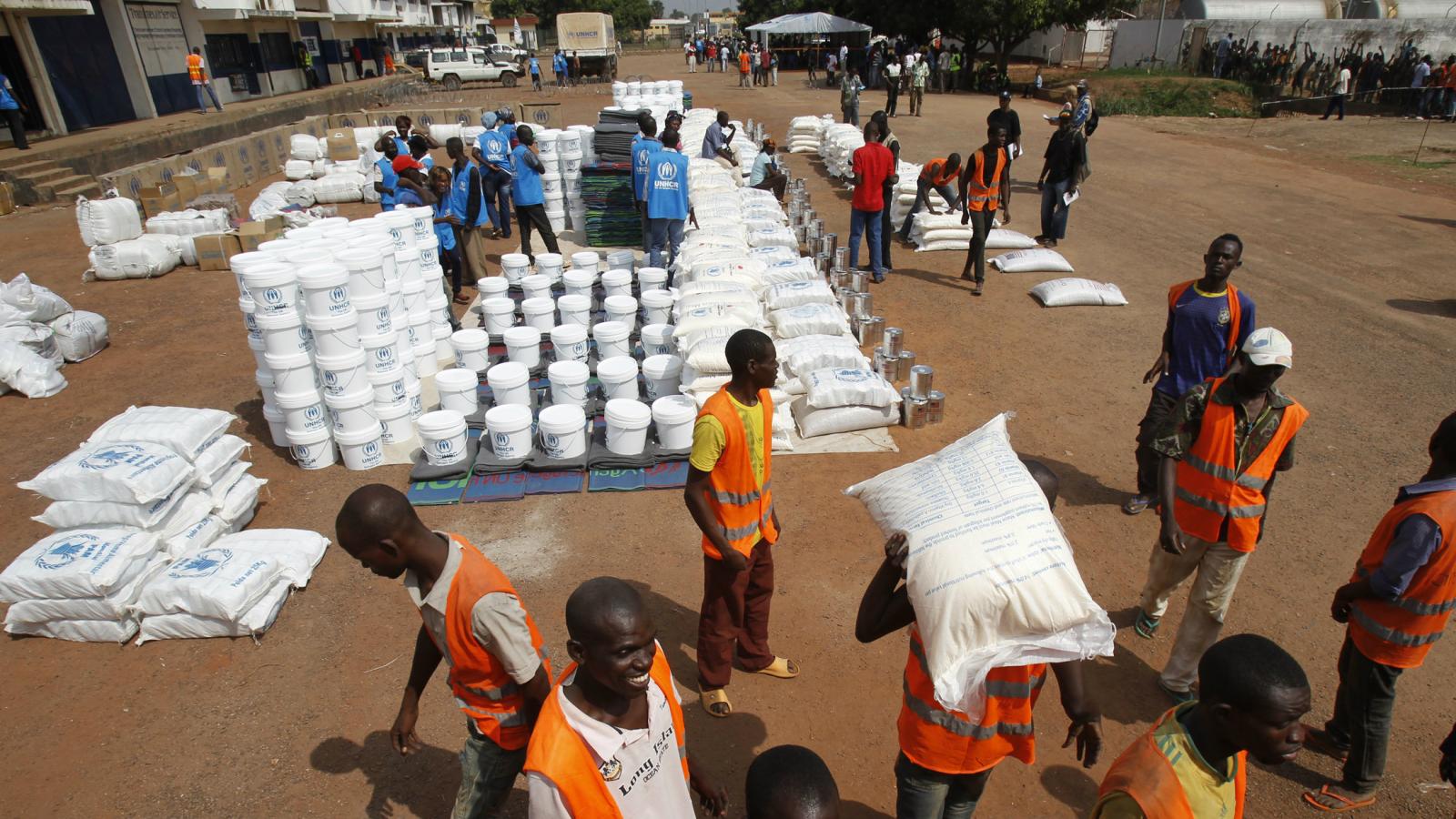Introduction
International aid and development efforts play a crucial role in addressing global challenges and improving the lives of people in need. These initiatives are driven by the goal of providing assistance and support to vulnerable populations, promoting sustainable development, and creating a more equitable world. In this article, we will take a closer look at the key aspects of international aid and development, exploring the challenges, successes, and future directions of these crucial endeavors.
The Importance of International Aid
International aid serves as a lifeline for millions of people around the world who are affected by conflict, natural disasters, poverty, and other crises. It provides essential support in the form of emergency relief, food, water, healthcare, education, and infrastructure development. By addressing immediate needs and building long-term resilience, international aid helps communities recover and rebuild in the aftermath of crises.
Furthermore, international aid plays a pivotal role in promoting sustainable development. It focuses on empowering local communities, enhancing their capacity to address their own challenges, and reducing their reliance on external assistance. Through initiatives such as education and skills training, access to clean water and sanitation, and the promotion of gender equality, aid programs contribute to long-term development and poverty reduction.
The Challenges of International Aid
While international aid is crucial, it is not without its challenges. One of the primary obstacles is ensuring that aid reaches those who need it the most. This requires effective coordination among various stakeholders, including governments, non-governmental organizations (NGOs), and international agencies. Additionally, political instability, corruption, and conflict can hinder the delivery of aid, making it difficult to reach vulnerable populations.
Another challenge is the sustainability of aid programs. It is essential to strike a balance between addressing immediate needs and fostering long-term development. This requires investing in local capacity-building, promoting community ownership, and ensuring that aid initiatives are aligned with the priorities and aspirations of the communities they serve.
The Successes of International Aid
Despite the challenges, international aid has achieved significant successes over the years. Aid programs have played a crucial role in eradicating diseases such as smallpox and polio, reducing child mortality rates, and improving access to education. They have also contributed to the empowerment of women and girls, promoting gender equality and women’s rights.
Furthermore, international aid has been instrumental in responding to humanitarian crises. Whether it is providing emergency relief in the aftermath of natural disasters or supporting refugees and internally displaced persons, aid organizations have demonstrated their ability to mobilize resources and provide critical assistance in times of need.
The Future of International Aid
The landscape of international and development is constantly evolving. As the world faces new challenges such as climate change, pandemics, and economic inequalities, the need for effective and sustainable aid becomes even more pressing.
Looking ahead, there is a growing recognition of the importance of local ownership and partnership in aid efforts. This involves working closely with local communities, governments, and organizations to ensure that aid initiatives are context-specific, responsive, and sustainable. It also means empowering local actors to take the lead in addressing their own challenges and driving their own development.
Additionally, there is a growing emphasis on innovation and technology in aid and development. From mobile banking solutions to remote healthcare services, technology has the potential to revolutionize the way aid is delivered and monitored, making it more efficient and accountable.
Conclusion
International and development efforts are essential in addressing global challenges, supporting vulnerable populations, and promoting sustainable development. While there are challenges to overcome, the successes achieved so far demonstrate the transformative power of international aid. By continuing to adapt, innovate, and collaborate, we can build a more equitable and resilient world for all.




































